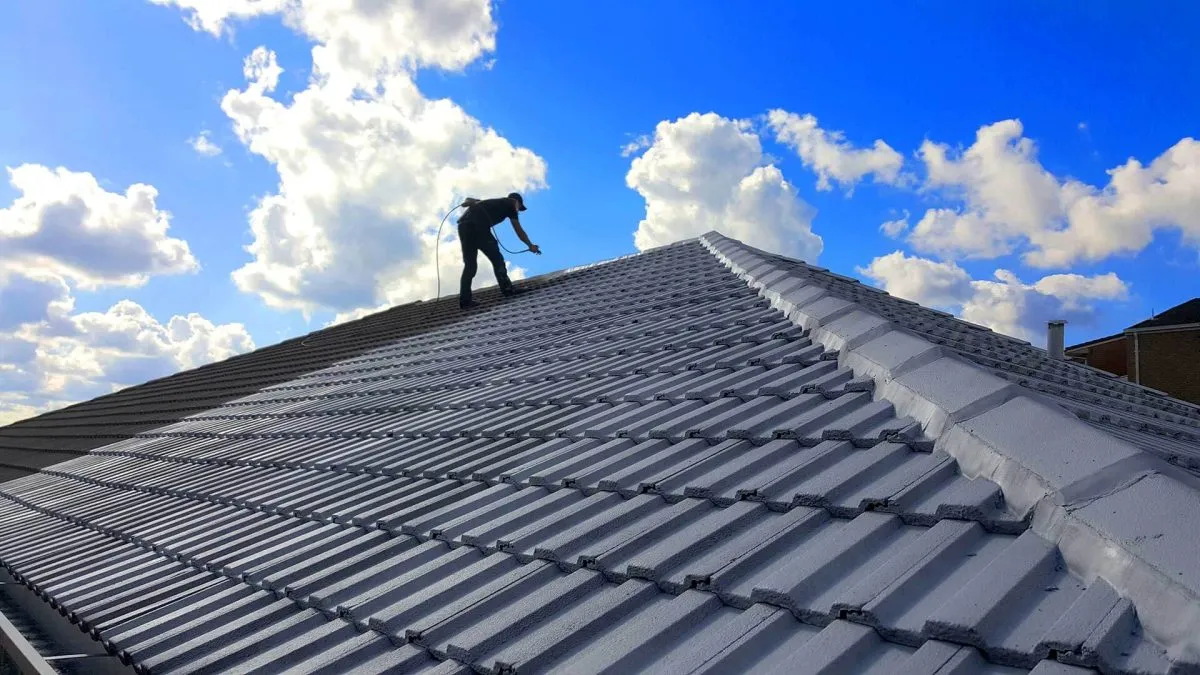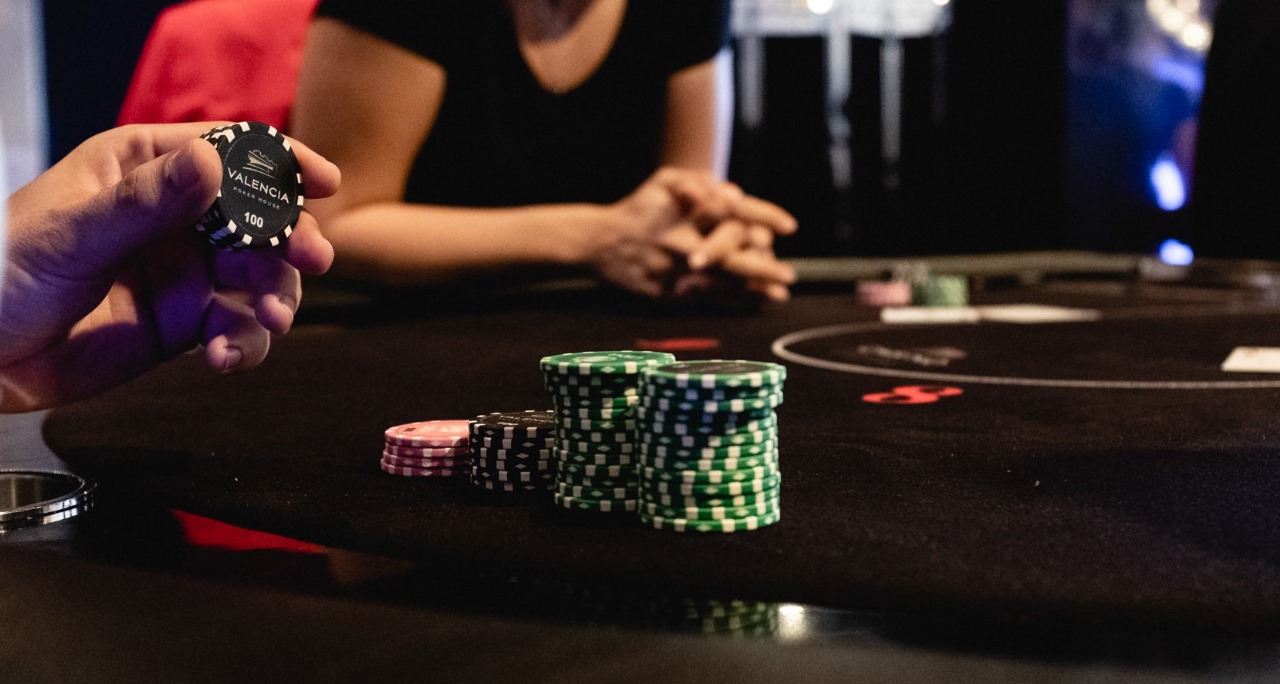Jerusalem crosses are more than just religious symbols; they are a testament to centuries of history, faith, and masterful craftsmanship. Found in churches, museums, and private collections around the world, these intricate crosses captivate with their unique design and spiritual significance. At the Jerusalem Art Museum, visitors have the opportunity to witness the delicate artistry behind these iconic pieces, which are brought to life by skilled artisans who blend Jerusalem crosses traditional techniques with modern precision.
In this article, we explore the fascinating process behind the creation of Jerusalem crosses, revealing the dedication, skill, and creativity required to craft these timeless symbols.
The History and Significance of Jerusalem Crosses
Origins of the Jerusalem Cross
The Jerusalem cross, often recognized by its central cross surrounded by four smaller crosses, dates back to the medieval period during the Crusades. It was originally a symbol of the Kingdom of Jerusalem, representing the spread of Christianity to the four corners of the world. Over the centuries, it has evolved into a powerful emblem of faith, worn as jewelry, displayed in religious institutions, and showcased in artistic collections.
Symbolism Embedded in Design
Each element of the Jerusalem cross carries profound meaning. The large central cross represents Christ, while the four smaller crosses symbolize the evangelists or the four directions in which the Gospel was spread. For artisans, understanding this symbolism is essential, as it informs every aspect of the crafting process, ensuring that each cross is not just decorative, but spiritually resonant.
Materials Used in Crafting Jerusalem Crosses
Precious Metals
Skilled artisans often use gold, silver, or bronze as the primary material for Jerusalem crosses. These metals are chosen for their durability, aesthetic appeal, and historical significance. Gold is particularly favored for ceremonial pieces, while silver is popular for its versatility and refined elegance.
Gemstones and Enamel
Many Jerusalem crosses feature inlaid gemstones such as sapphires, rubies, or emeralds, which add color, depth, and symbolism to the piece. Enamel work is also commonly applied, allowing artisans to incorporate vivid imagery and intricate patterns without compromising the integrity of the metal.
Wood and Other Natural Materials
While less common than metal, wood is sometimes used for larger crosses or for decorative purposes in churches. Artisans select the finest types of wood, often hardwoods, to ensure longevity and maintain structural integrity during carving and detailing.
The Art of Designing Jerusalem Crosses
Conceptualization and Sketching
Before any materials are touched, artisans begin with detailed sketches and conceptual designs. This stage involves careful consideration of proportions, symbolism, and aesthetic balance. Historical references and traditional patterns are often consulted to preserve authenticity while allowing for creative interpretation.
Precision and Symmetry
One of the hallmarks of a well-crafted Jerusalem cross is its symmetry. Artisans employ precise measurements and meticulous techniques to ensure that the central cross aligns perfectly with the smaller crosses. This attention to detail reflects the devotion and skill that define the art form.
Step-by-Step Crafting Process
Metal Shaping and Forming
For metal crosses, artisans start by cutting and shaping the raw metal into the desired form. Techniques such as casting, hammering, and forging are used to create a solid foundation. Each step requires careful control of temperature and pressure to prevent imperfections.
Detailing and Engraving
Once the basic form is complete, intricate details are added. Engraving, embossing, and filigree work transform the plain cross into a visually captivating masterpiece. Artisans often spend hours, or even days, refining these details to achieve perfection.
Inlay and Finishing
If gemstones or enamel are to be added, the artisan carefully inlays these elements, ensuring they are securely set and aligned. The final stage involves polishing and finishing, which enhances the luster of the metal and brings out the brilliance of any stones or enamel.
Techniques Passed Through Generations
Apprenticeships and Mentorship
Creating a Jerusalem cross is not merely a skill—it is a craft passed down through generations. Aspiring artisans often undergo lengthy apprenticeships, learning not only the technical aspects of metalwork but also the historical and spiritual significance of their work.
Modern Innovations in Traditional Craft
While traditional techniques remain at the heart of Jerusalem cross production, modern tools and technology have introduced new possibilities. Laser engraving, advanced casting methods, and precision tools allow artisans to achieve unparalleled detail and consistency without compromising the heritage of the craft.
Preserving the Legacy of Jerusalem Crosses
Museums and Cultural Institutions
Institutions like the Jerusalem Art Museum play a vital role in preserving the legacy of these crosses. By showcasing both historical and contemporary pieces, museums provide insight into the evolution of design, materials, and techniques, inspiring a new generation of artisans and enthusiasts.
Educational Programs and Workshops
Hands-on workshops and educational programs allow visitors to experience the artistry firsthand. These programs not only teach technical skills but also foster an appreciation for the spiritual and historical significance embedded in each cross.
The Timeless Appeal of Jerusalem Crosses
Jerusalem crosses continue to captivate audiences for their beauty, craftsmanship, and deep symbolism. Each piece tells a story of faith, history, and artistry, making them cherished possessions and cultural treasures alike. Whether displayed in a museum, worn as a pendant, or admired in a religious setting, they remain a testament to the skill and dedication of the artisans who create them.
Conclusion
The creation of Jerusalem crosses is a meticulous blend of history, symbolism, and artisanal skill. From selecting the finest materials to mastering the intricate details, every step reflects centuries of tradition and devotion. At the Jerusalem Art Museum, these crosses are celebrated not only as religious symbols but as masterpieces of craftsmanship. By understanding the artistry behind each piece, visitors gain a deeper appreciation for the skill and dedication required to make Jerusalem crosses, ensuring this rich heritage continues to inspire for generations to come.




